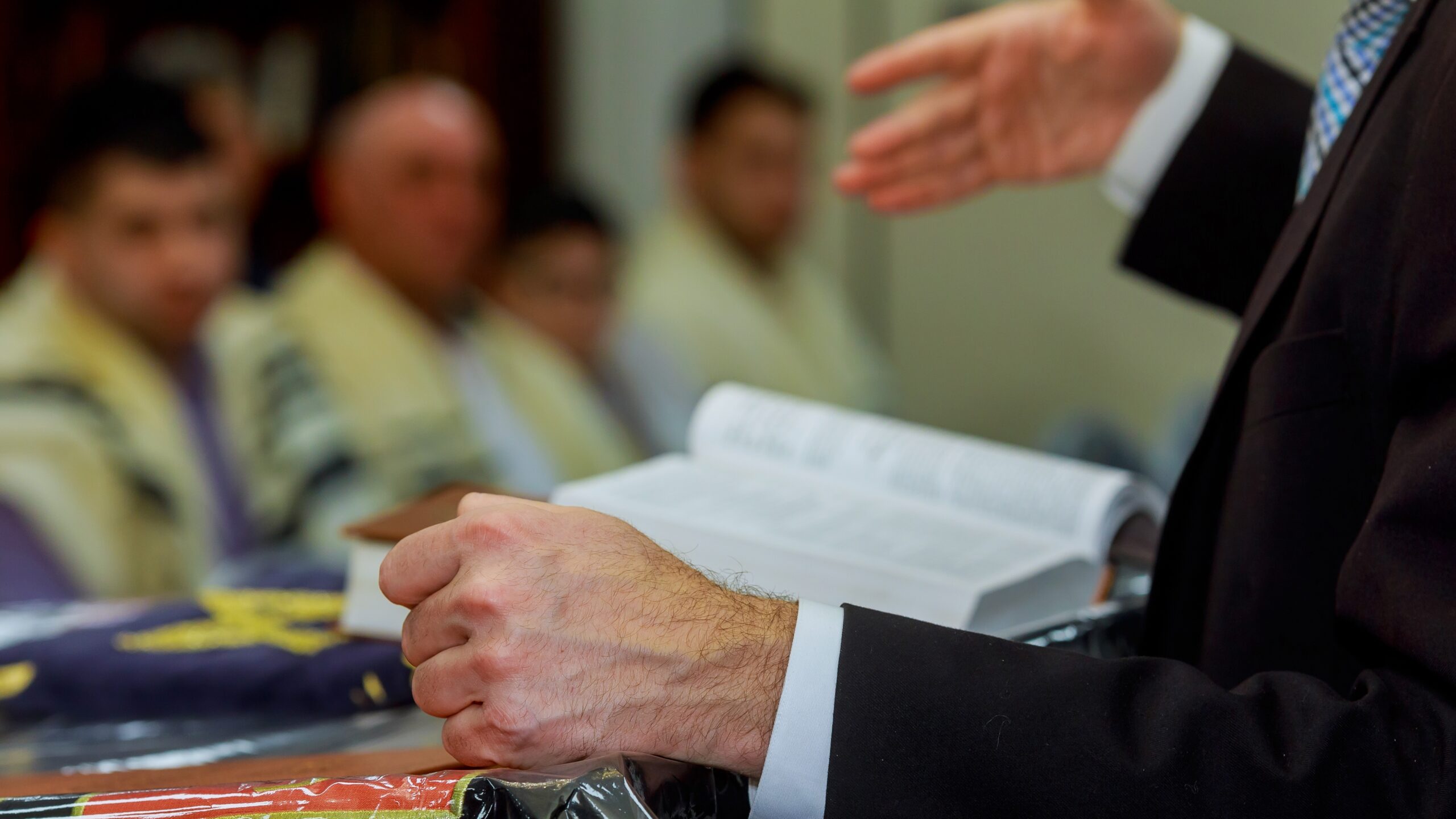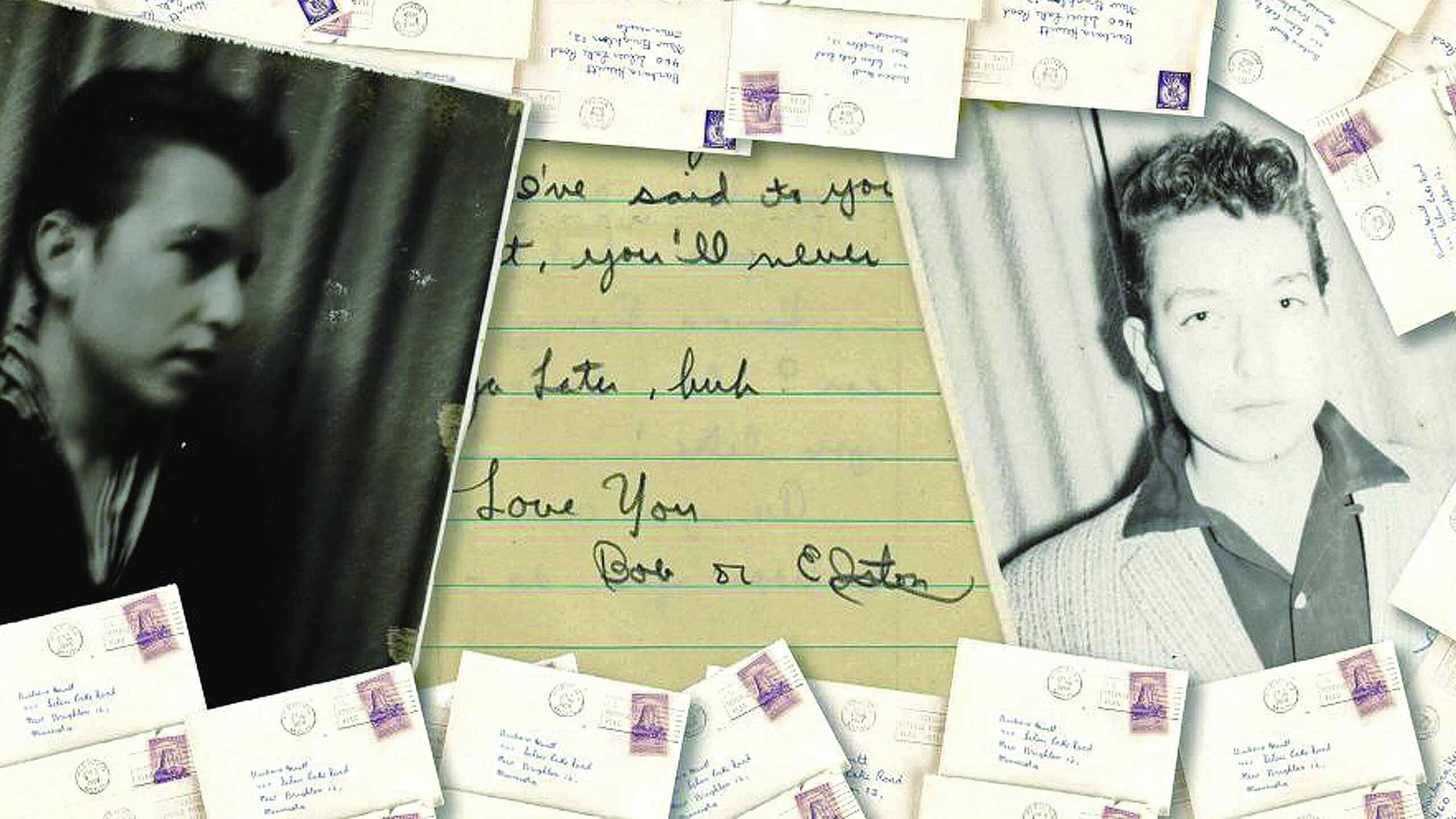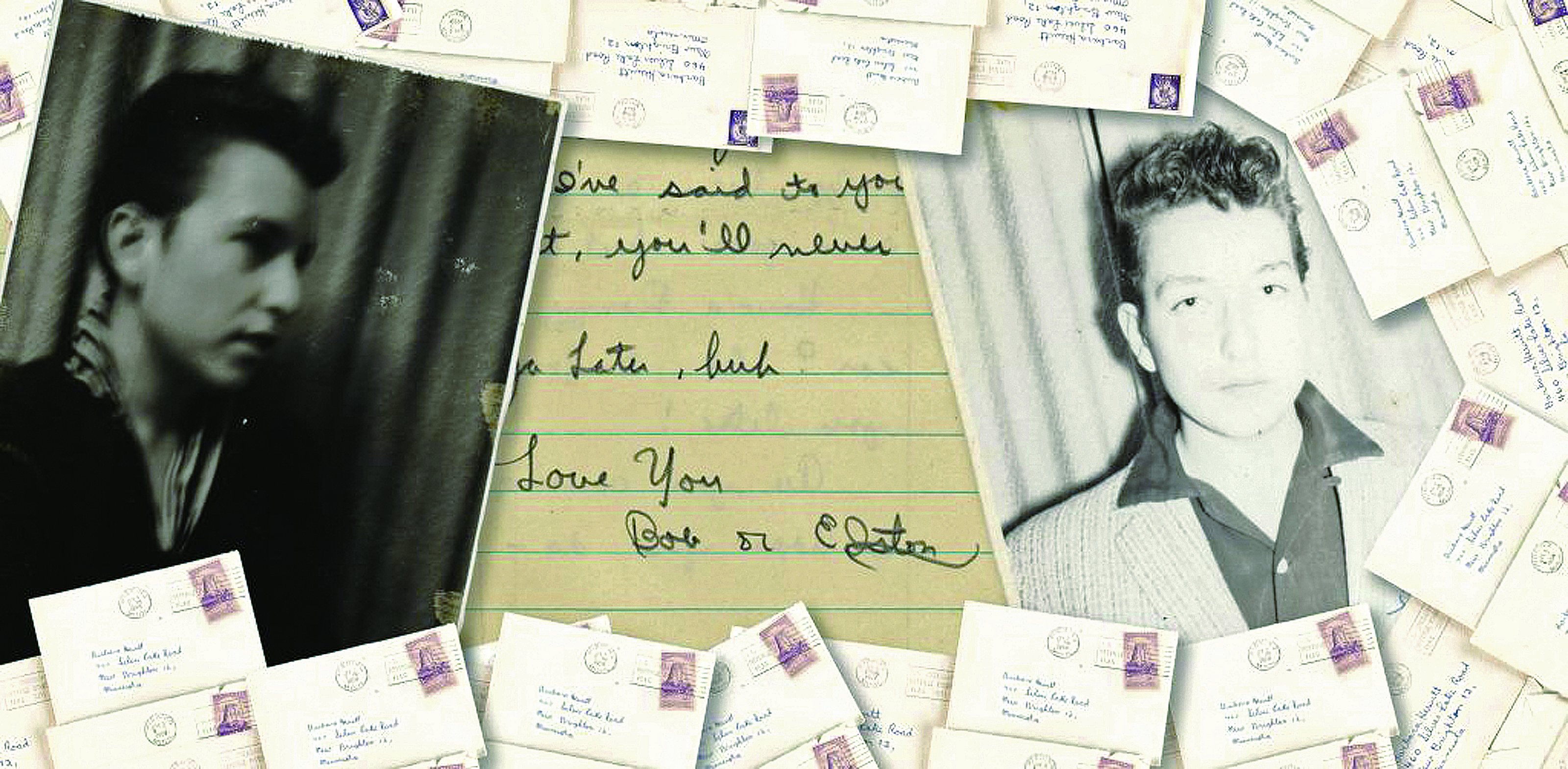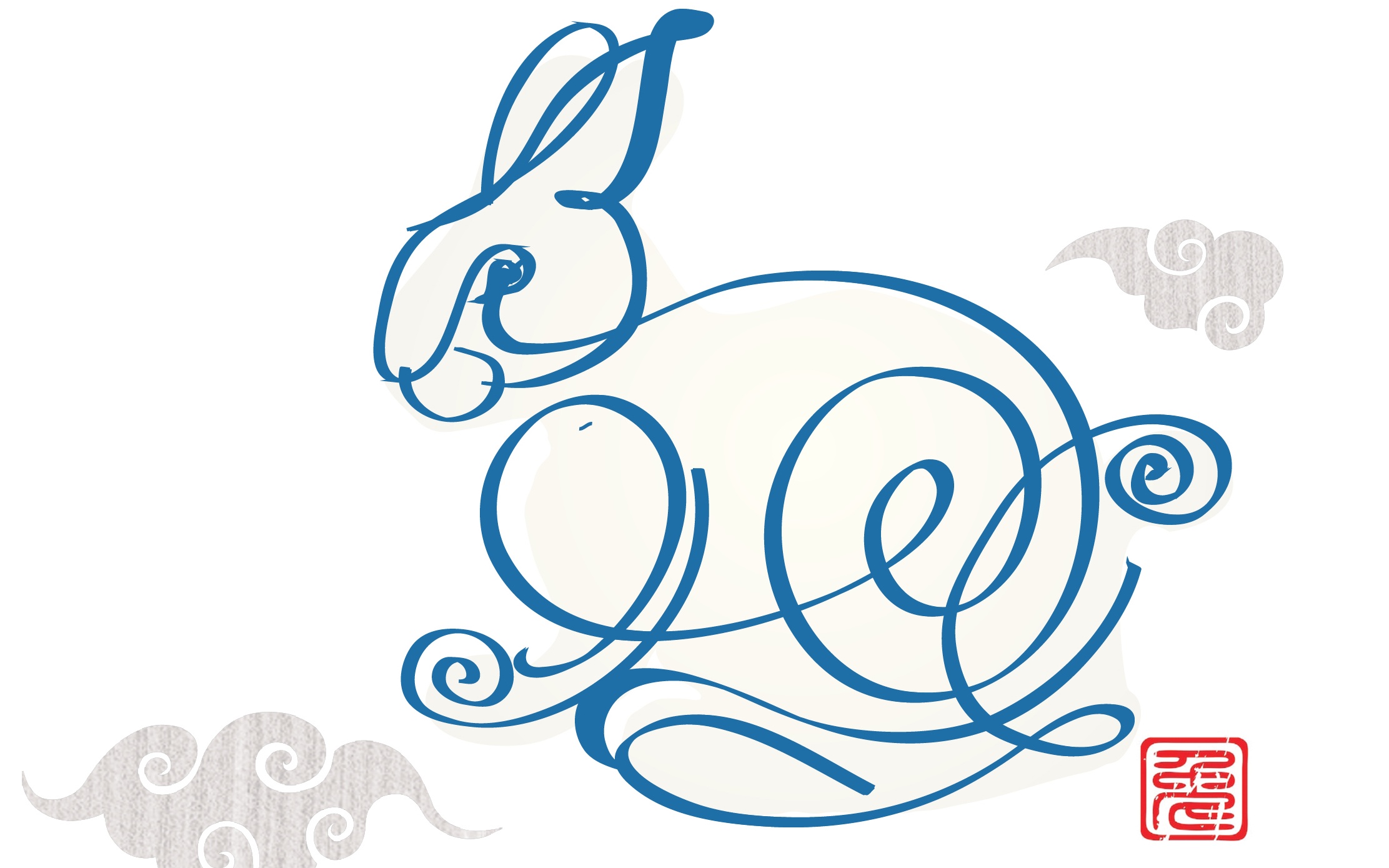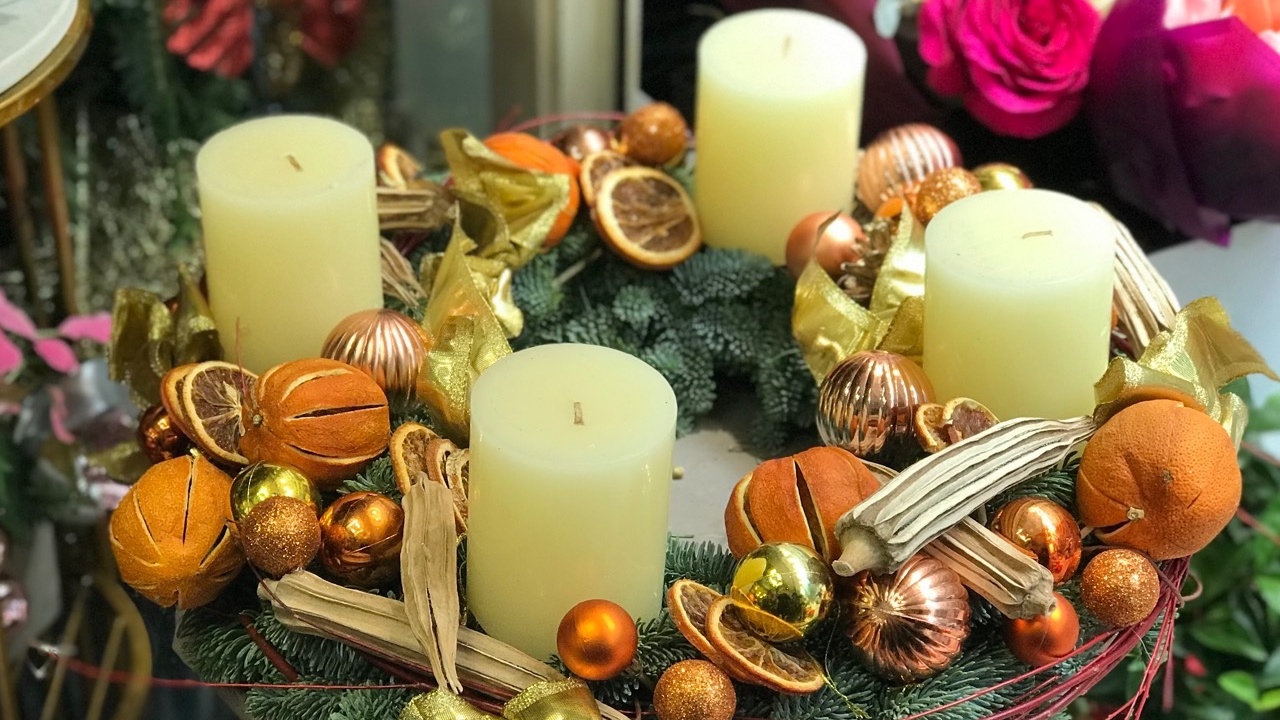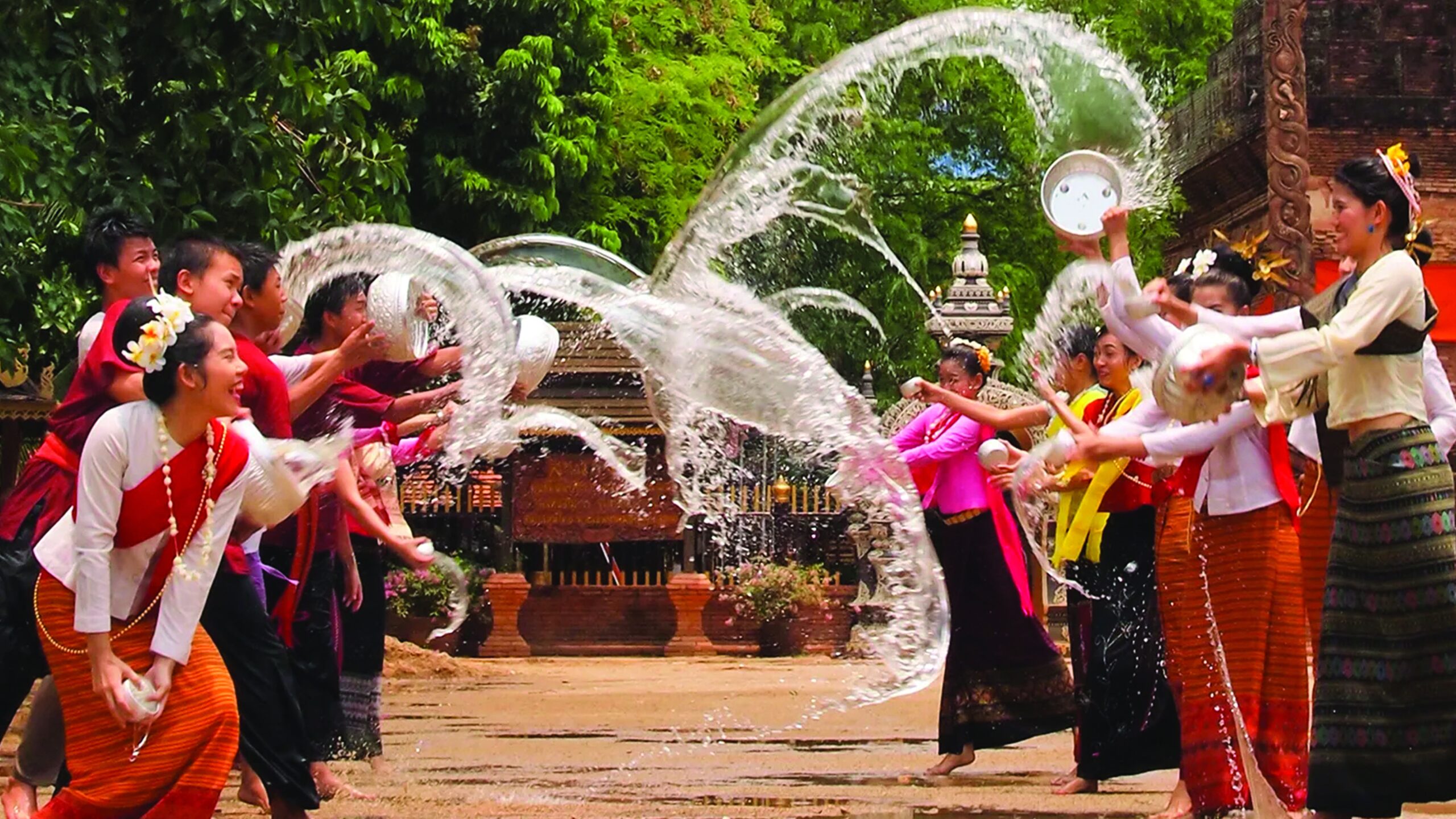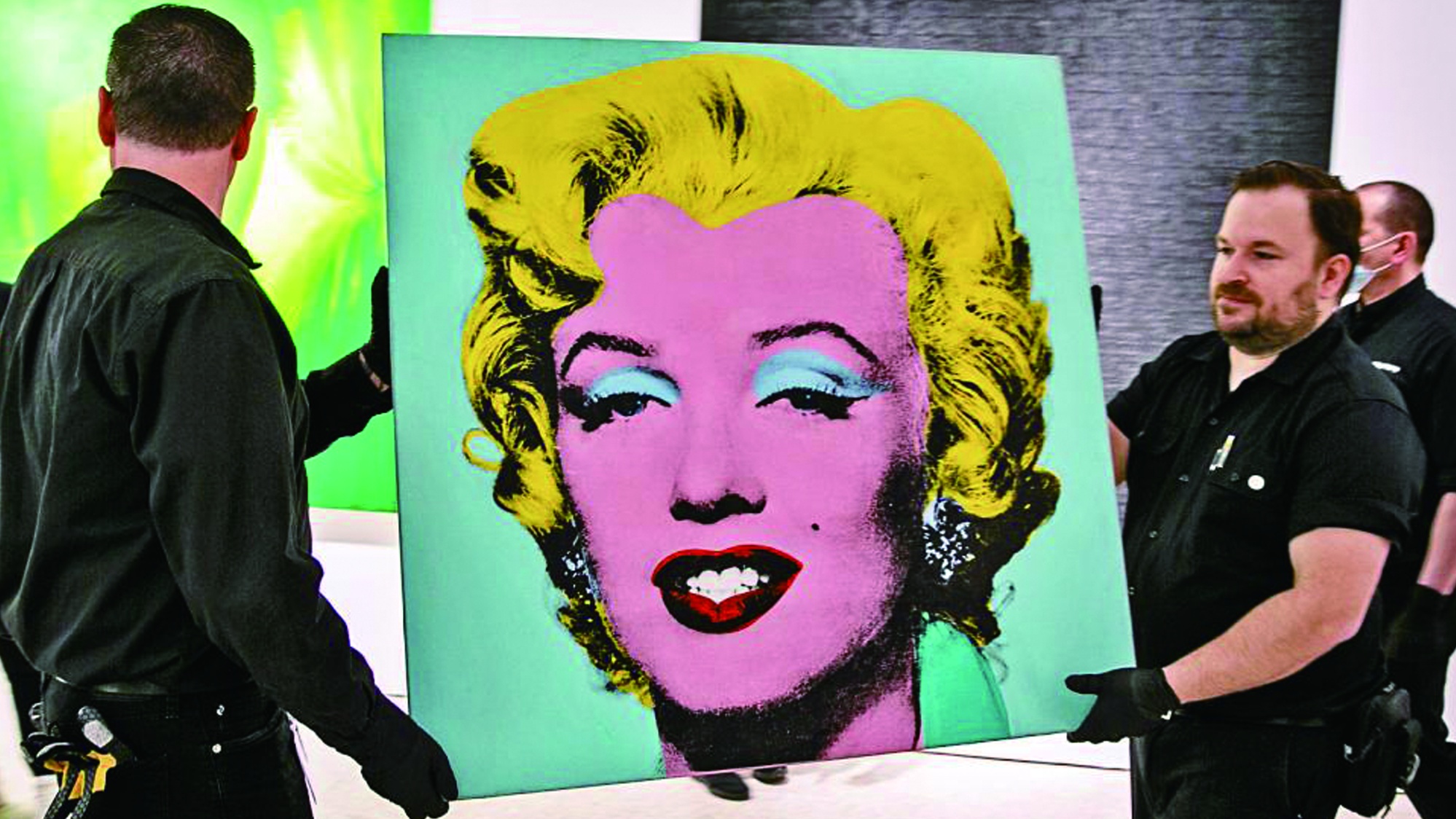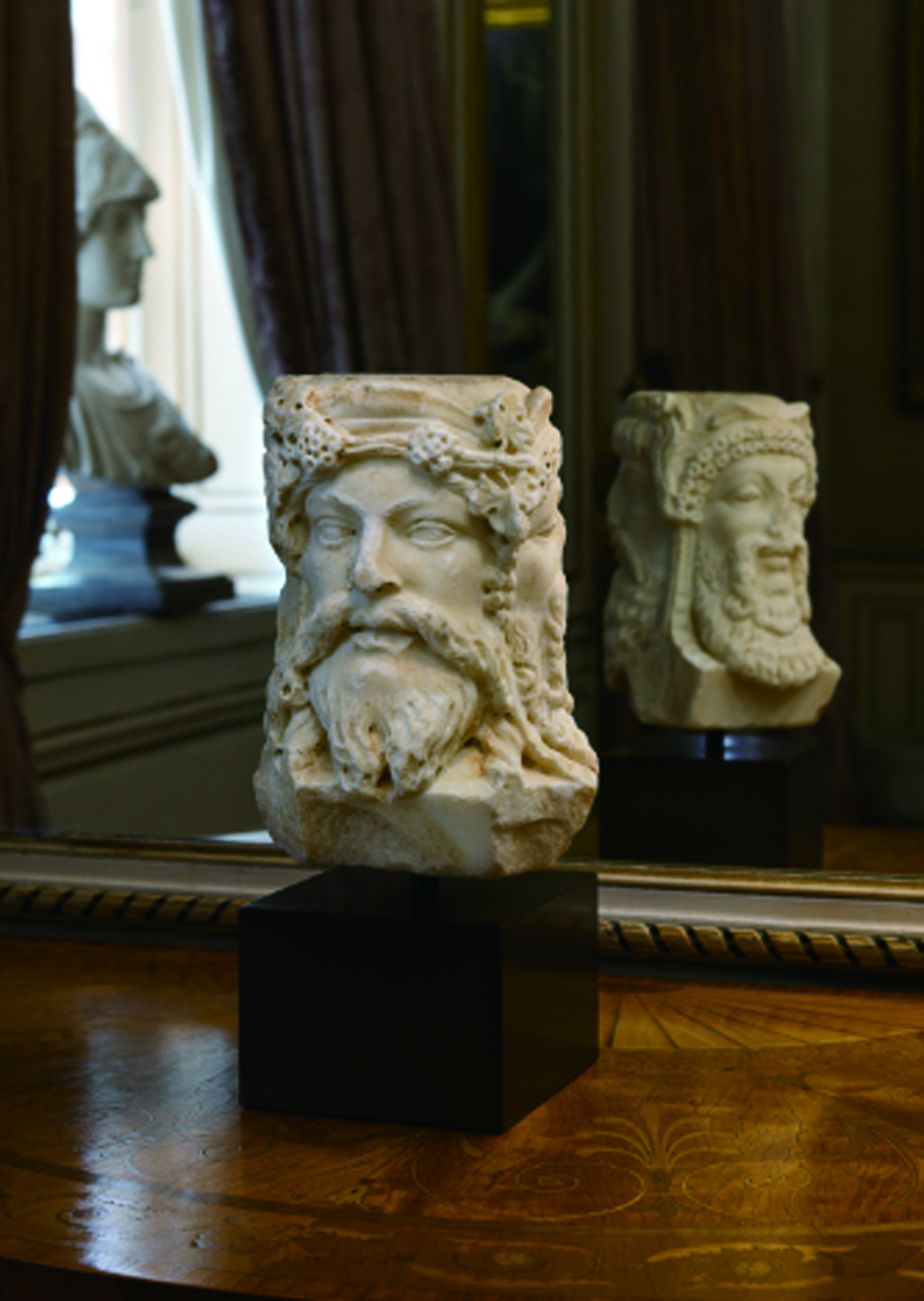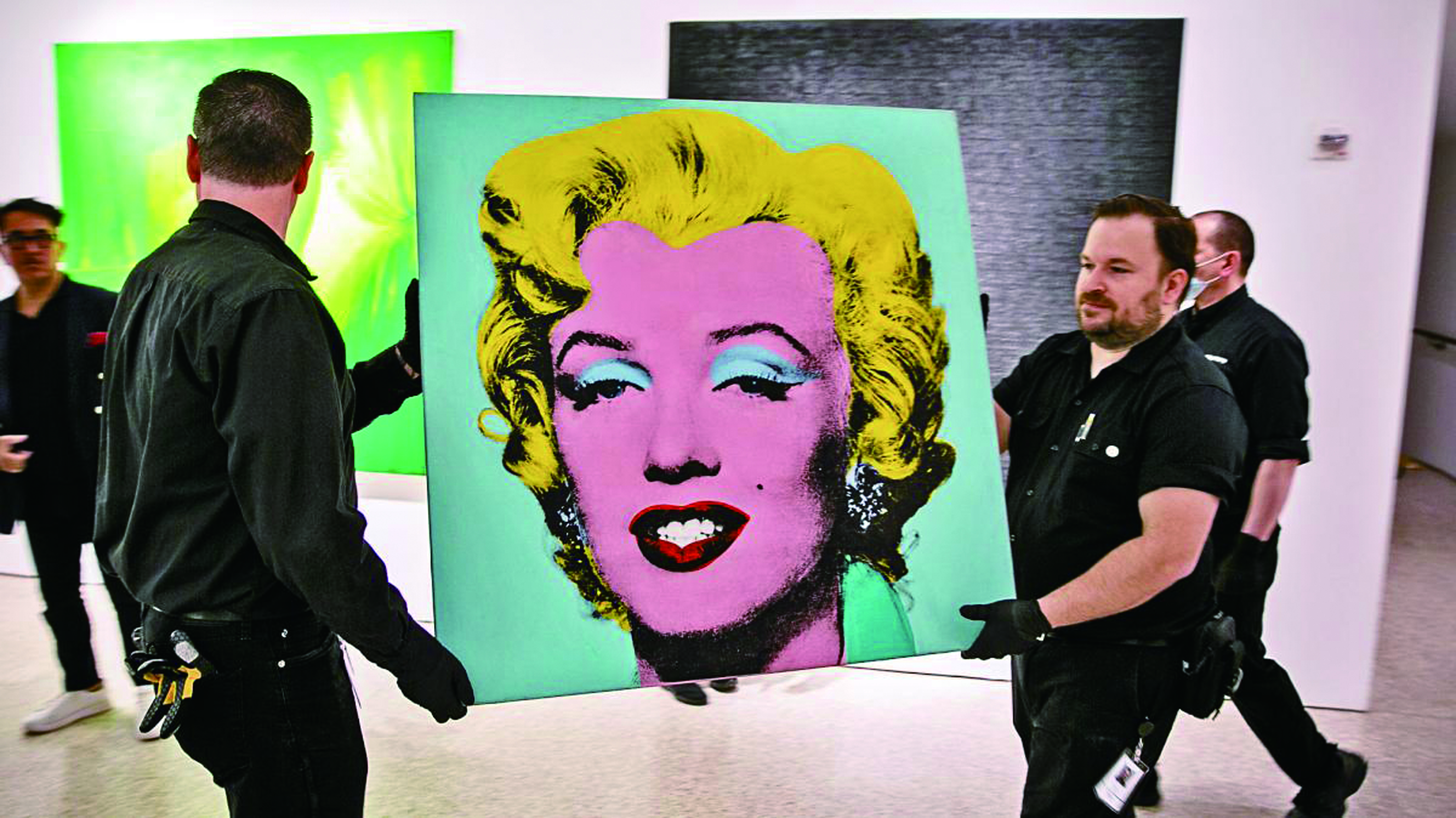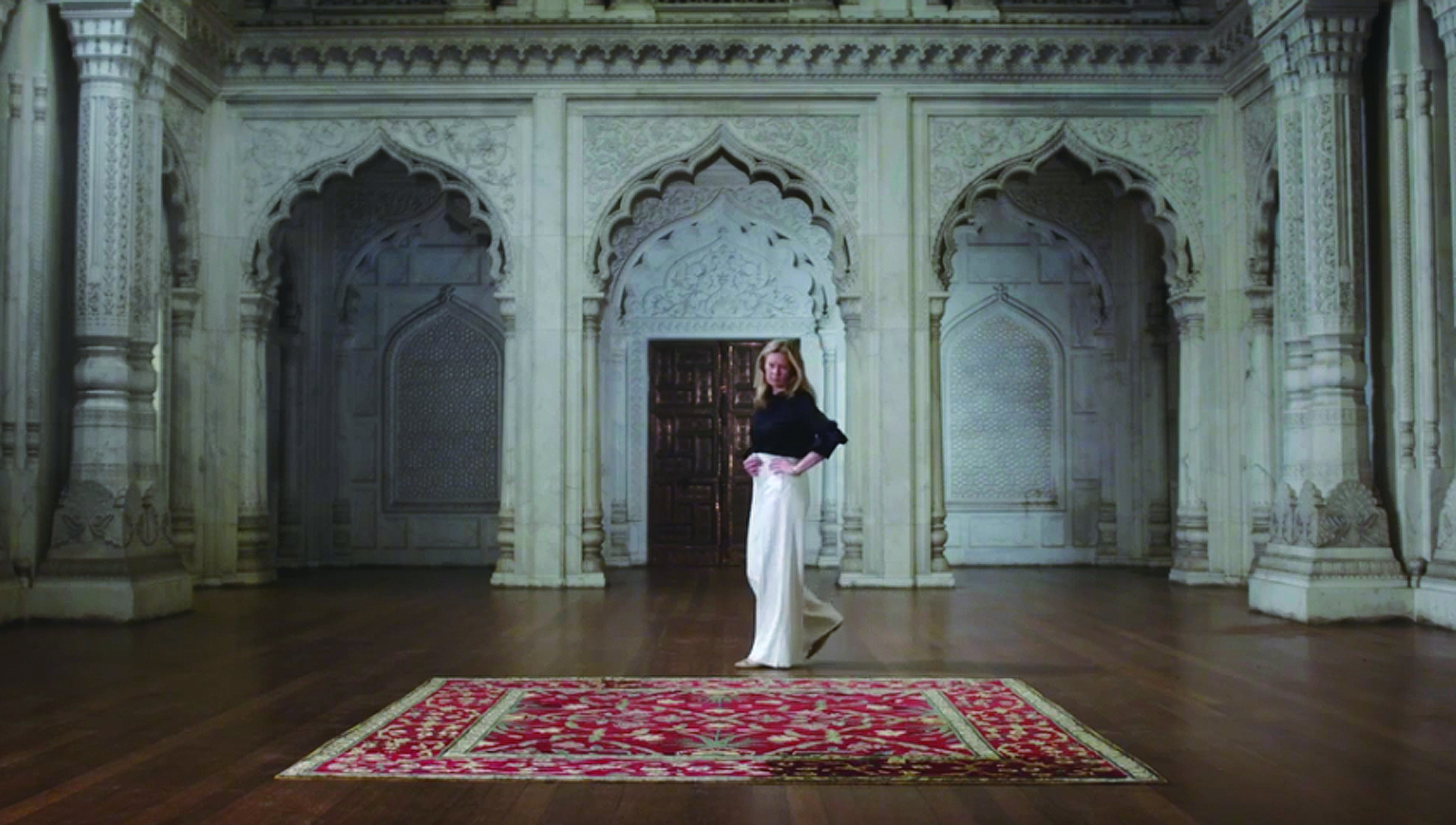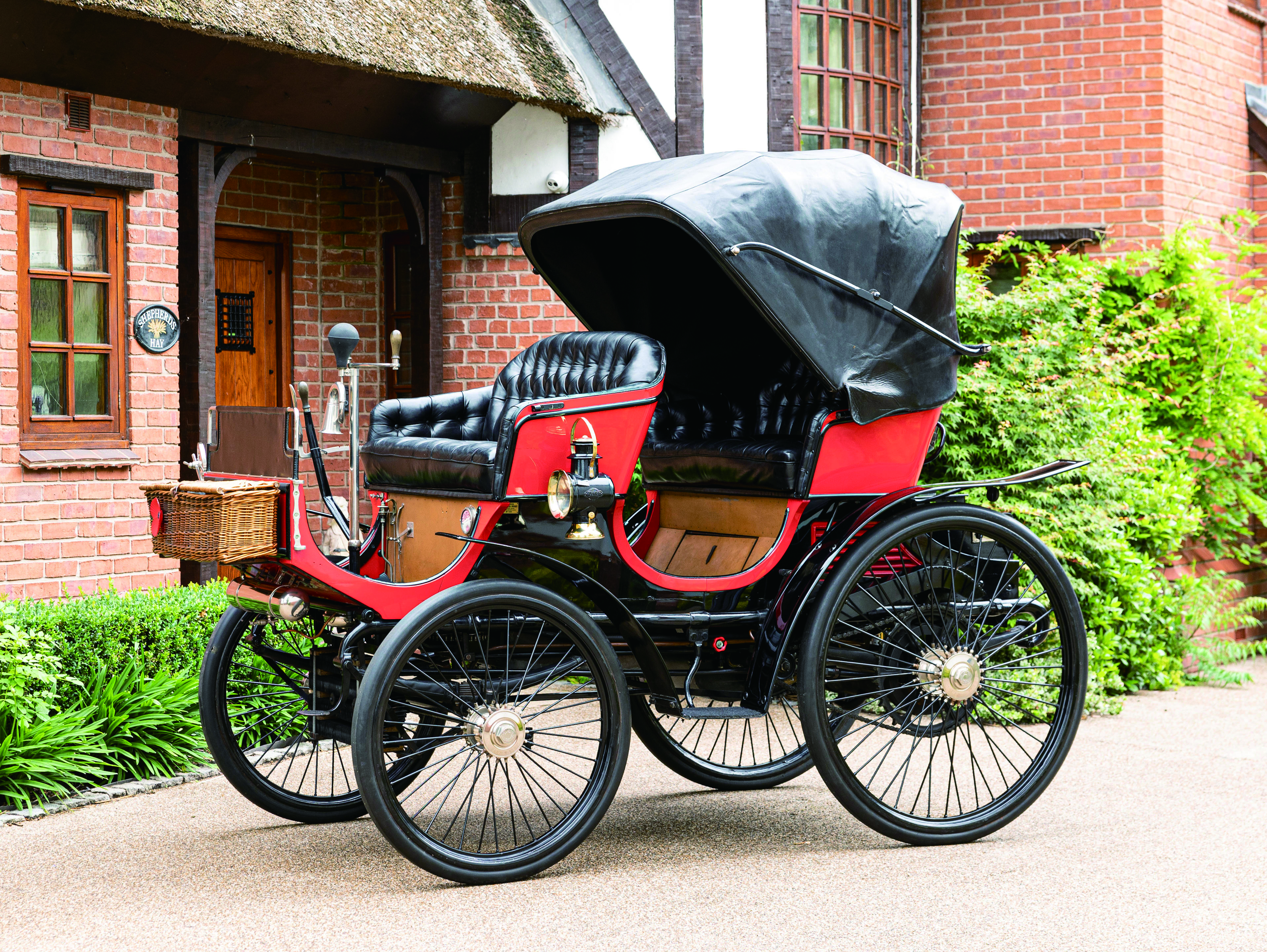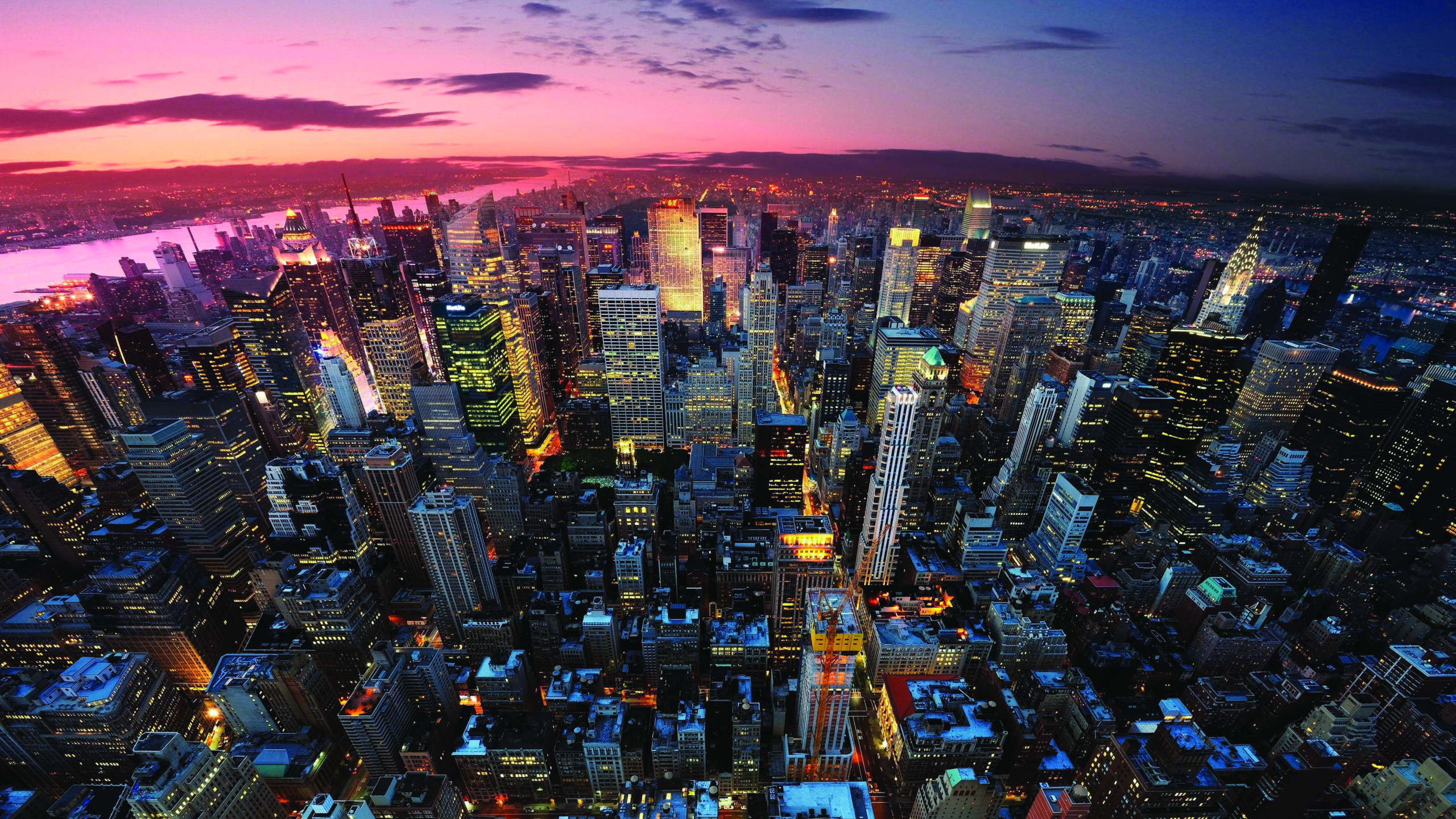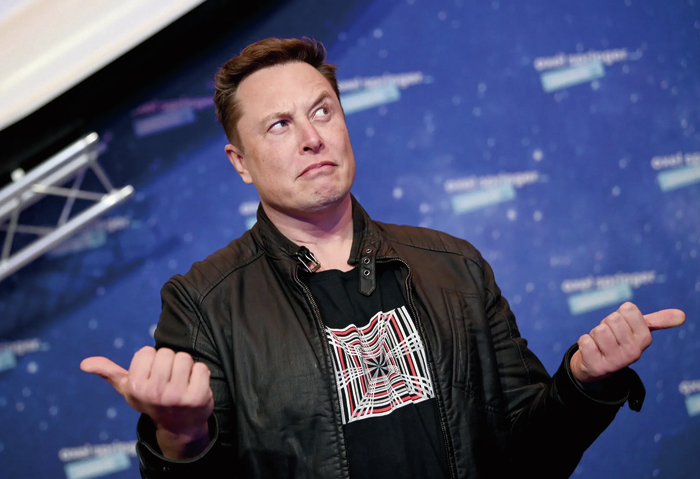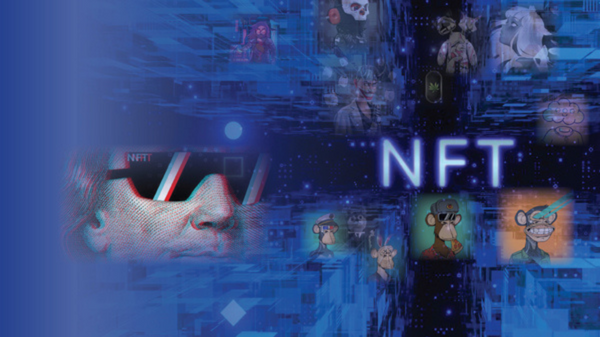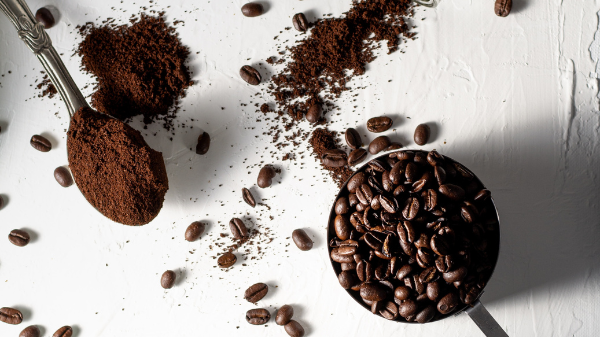As Robert Dorfman stares at the foundation stone, dated May 1901, of the Ohel Leah Synagogue, he becomes a tad philosophical about the Jewish community in Hong Kong and the building itself. “In many ways, we as a community have mirrored the rise of Hong Kong, and this building has witnessed all the changes that have taken place around us,” says the Chairman of the Trustees of the Ohel Leah Synagogue Charity. The synagogue, which claimed a UNESCO cultural heritage prize following its 1998 restoration, recently celebrated its 120th anniversary.
The beautiful Edwardian Baroque building is now encircled and dwarfed by tall apartment complexes, a far cry from the days when three grandsons of David Sassoon, the patriarch of the Sassoon family, gifted the land in Robinson Road, Mid-levels, to the Jewish community of Hong Kong. The Sassoons had first opened a Hong Kong office in 1844, and the brothers requested that the synagogue be named after their mother, Leah. Speaking of the site today amid glorious spring sunshine, Dorfman says: “How nice we have the sanctuary, the garden, the greenery.”
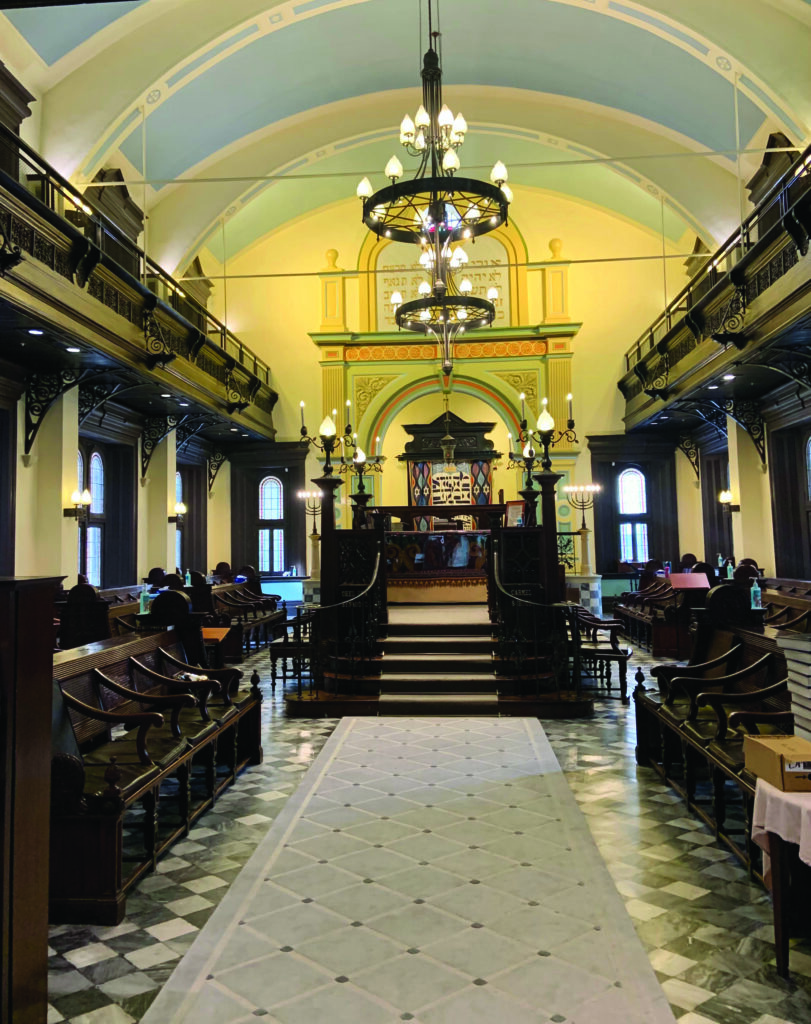
Dorfman’s own family is of Russian descent with roots in Hong Kong going back more than 60 years. As we continue our tour of this immaculate and decorative place of worship, he talks proudly of the work of the Ohel Leah Synagogue Charity, which has done so much to preserve the building. “Making sure the building is well kept and that we always have a rabbi, a spiritual leader of the community, are among the highest priorities of our trust,” he says.
The synagogue has maintained its position as a focal point of the Jewish community since the early days when the Kadoorie family – who like the Sassoons had settled in Hong Kong via Baghdad, Bombay and Shanghai – funded the building of a Jewish Recreation Club on part of the grounds. The club served the social requirements of a burgeoning community, though it did not survive Japanese occupation during the Second World War; it was rebuilt in 1949, and later replaced by the extensive community centre that neighbours the synagogue today.
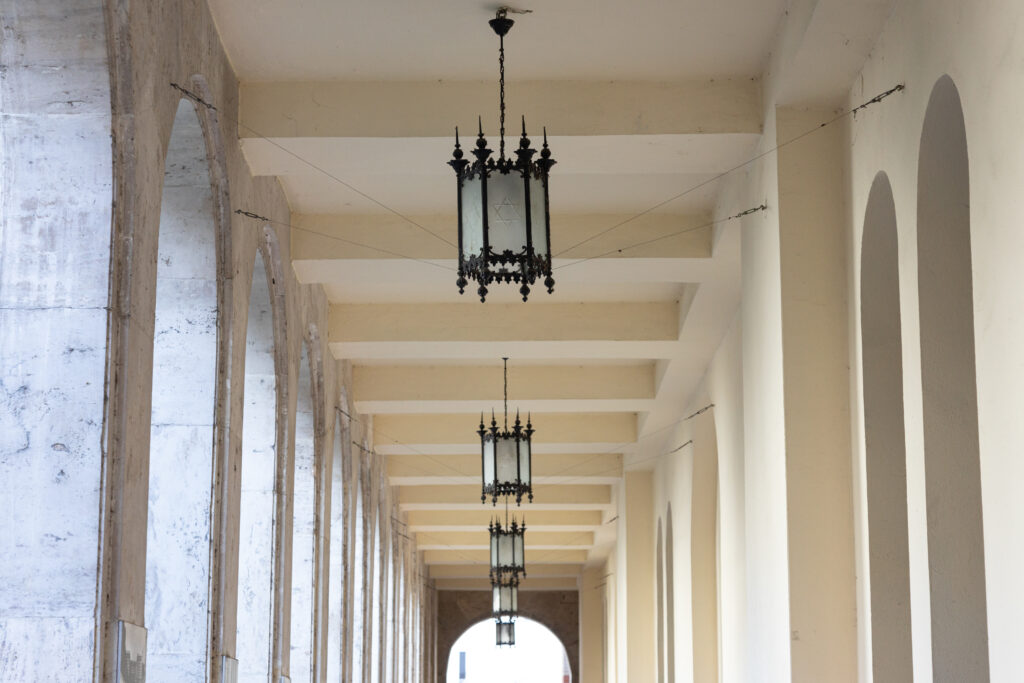
Smuggled Scrolls
Happily, Ohel Leah’s antique Torah scrolls were wartime survivors, smuggled out of the synagogue before it fell into Japanese hands. They were returned safely and are now stored in a small alcove behind a multicoloured curtain that was gifted to the synagogue about 15 years ago.
Erica Lyons, who chairs the Jewish Historical Society of Hong Kong, pulls the curtain to one side to reveal a line of ornate cases on a curved shelf running along the wall. Within the cases are handwritten parchment scrolls of the Torah, the first five books of the Hebrew Bible. Some scrolls originate from the 1860s; others are much newer, having been inked within the last decade. “In Jewish tradition, everyone is meant to complete the writing of a Torah scroll sometime in their life,” she says. “It takes more than a year for somebody that is very skilled. This is often done symbolically through a communal effort as was the case with one of the community’s scrolls that was rededicated in 2007.”
Before the pandemic, the synagogue would conduct many synagogue tours – sometimes more than once a day – for schools, universities, church groups and even tourists who had just stepped off a cruise ship. “It is the only historic synagogue in Greater China that is still in use for its intended purpose,” she notes.
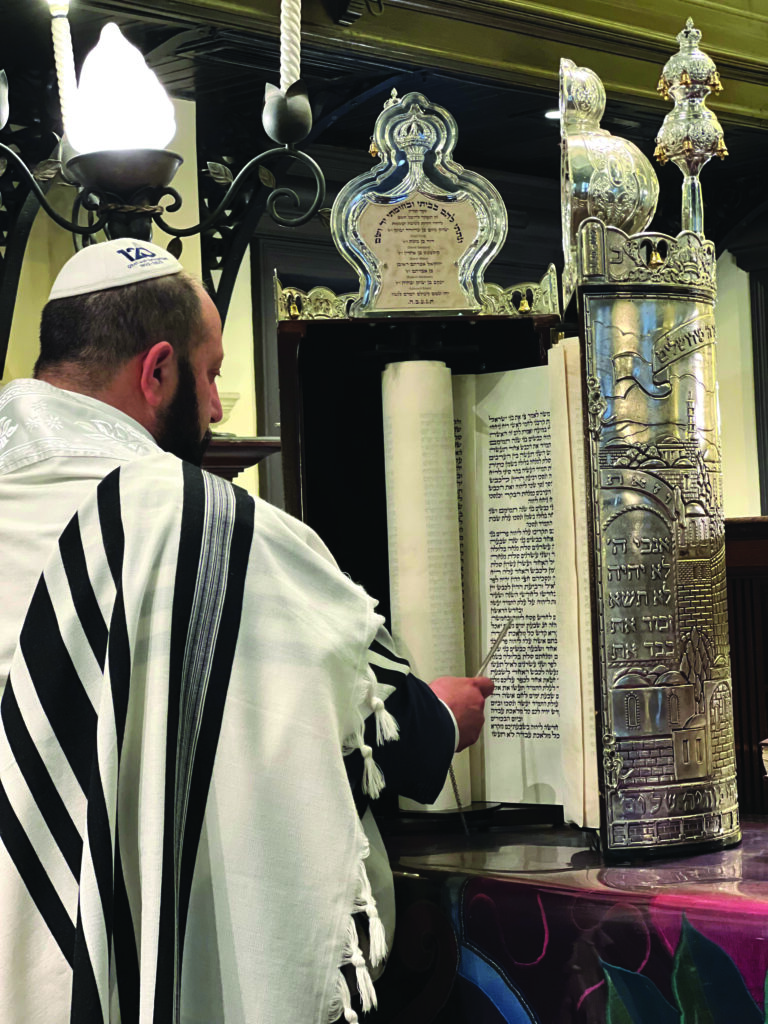
Heated Debate
It was touch and go at one point whether the landmark building would be demolished. As a result of extensive construction work in the neighbourhood, the massive granite retaining wall between the property and the road became dangerously unstable. In the late 1980s, the Hong Kong government issued a notice to the trustees to secure the wall.
A heated debate arose within the Jewish community as the cost of repairing the wall and stabilising the building was extensive. Some thought redeveloping the whole site and building a new synagogue was the best solution, and acrimonious exchange spilled over into broader Hong Kong society.
A compromise was eventually reached with a developer; two residential towers were built, but the synagogue was saved. The new Jewish Community Centre (JCC) was built on the podium of the high-rise and opened in 1995. Facilities include a Jewish day school, a kosher supermarket and two restaurants, an indoor swimming pool, function rooms and offices. There is daily worship in the synagogue and vocational and social events are organised around synagogue life.
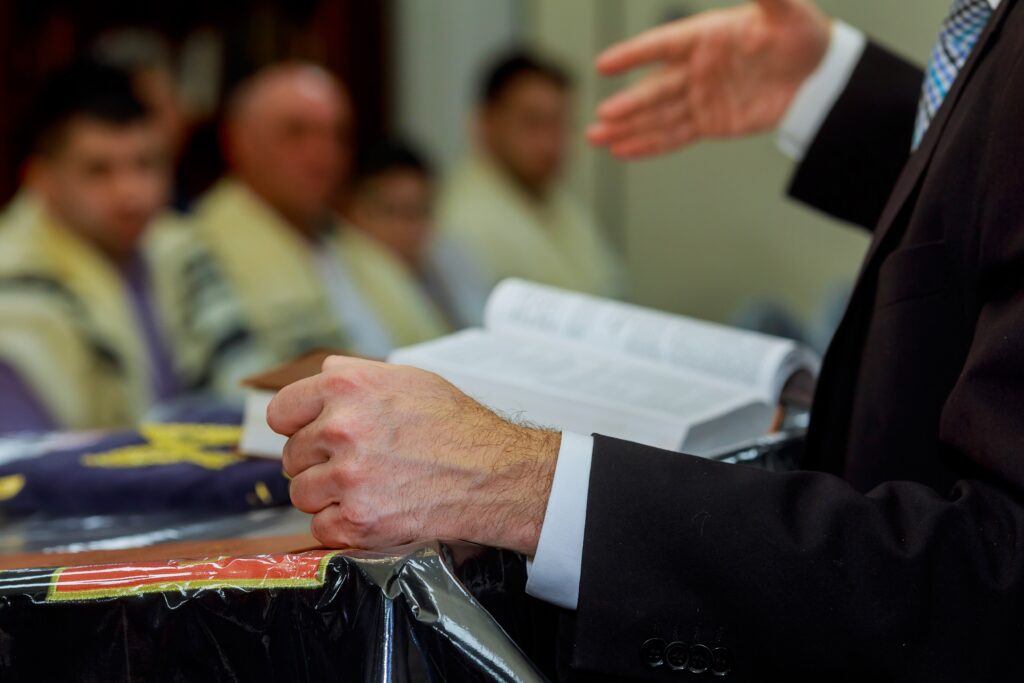
Living Heritage
Old and new coexist in harmony. A two-year conservation project to refresh the Grade 1 historic building began in 1996 and was overseen by the synagogue trustees. “[The restoration team from Australia] did everything in the style that it was originally done so that it was all uniform and wasn’t changed,” says Dorfman. Certain soothing pastel colours inside the synagogue were only revealed after the team scraped the walls. “Nobody living had remembered these colours, and it was decided that since those were the original colours, we should go back to them.”
The restoration also improved other features: air conditioning and new lighting were installed; the original bimah (elevated platform) from which the rabbi reads the Torah remained but was raised slightly to improve the acoustics; support beams and new tiered seating in the gallery were added. The heritage team helped restore or replace damaged glass and touched up and finished the woodwork. The restored building was named an Outstanding Project at the 2000 UNESCO Asia-Pacific Awards for Cultural Heritage Conservation.
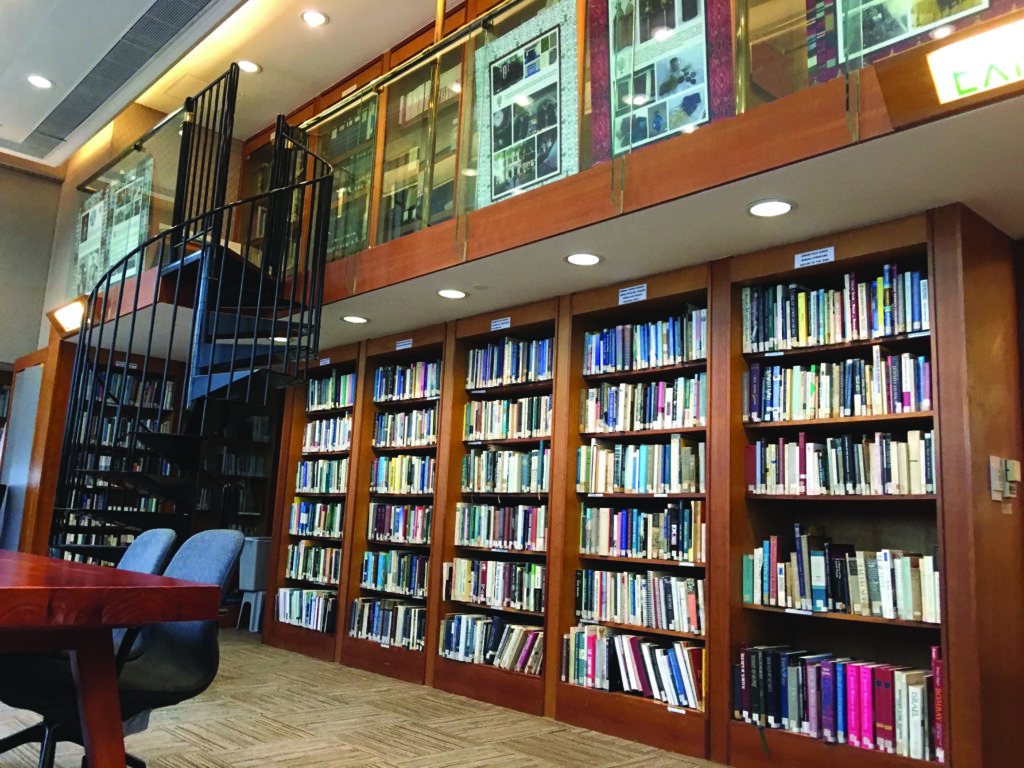
Flourishing Community
The Jewish community of Hong Kong started with traders who came in the 1850s and were predominately Sephardi (Jews with ancestry from Spain and Portugal) and Mizrachi (Jews with ancestry from the Middle East) ancestry. It is now estimated to be about 5,000 strong and spans a diverse group of some 30 nationalities. There are numerous places to worship in Hong Kong for the different denominations; the United Jewish Congregation, for example, holds services in one part of the JCC complex.
Lyons, who has lived in Hong Kong for more than 20 years and raised a family, believes the fact that the Jewish community in Hong Kong is relatively small and extremely welcoming allows someone to take up leadership roles that elsewhere would take years to achieve.
A can-do attitude has spawned many cultural activities set up by the Jewish community. For instance, from its beginnings in the auditorium at the JCC, the Hong Kong Jewish Film Festival has grown enormously and receives support from the consulates of the countries of films screened. The Hong Kong Holocaust and Tolerance Centre provides educational resources in local schools.
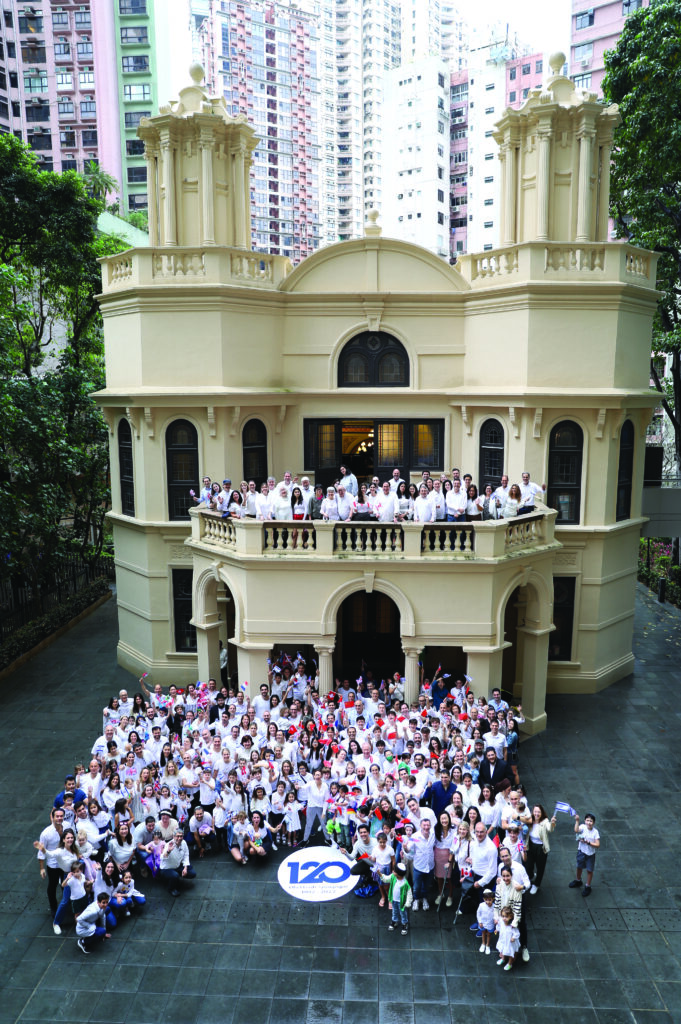
Reaching Out to Other Faiths
The Ohel Leah Synagogue plays a part in interfaith bonding. Dorfman recounts how during an event called ‘From Moses to Mohammad’, the imam spoke at the Jamia Mosque in nearby Shelley Street and then visited the synagogue and was shown around by the rabbi. “The rabbi and the imam are very good friends,” he says.
He marvels at the feeling of inclusiveness the synagogue helps to create, explaining how, during Covid, the rabbi did services via Zoom a few days before the Jewish New Year. Invitations were sent to all members of the community past and present. “I was stunned how many people who happen to live in London, New York, Israel, Australia or elsewhere came online and joined the call,” he says. “People still want to be connected and still want to be part of it. That is a great tribute.”
Rabbi Dr Asher C. Oser offered these words: “There is something magical about this sacred space, where it is situated and what it offers. Of course, we have daily services, which are the vital signs of any place of worship, but there is so much more than ‘just’ prayer that goes on over here.”



